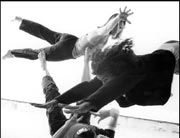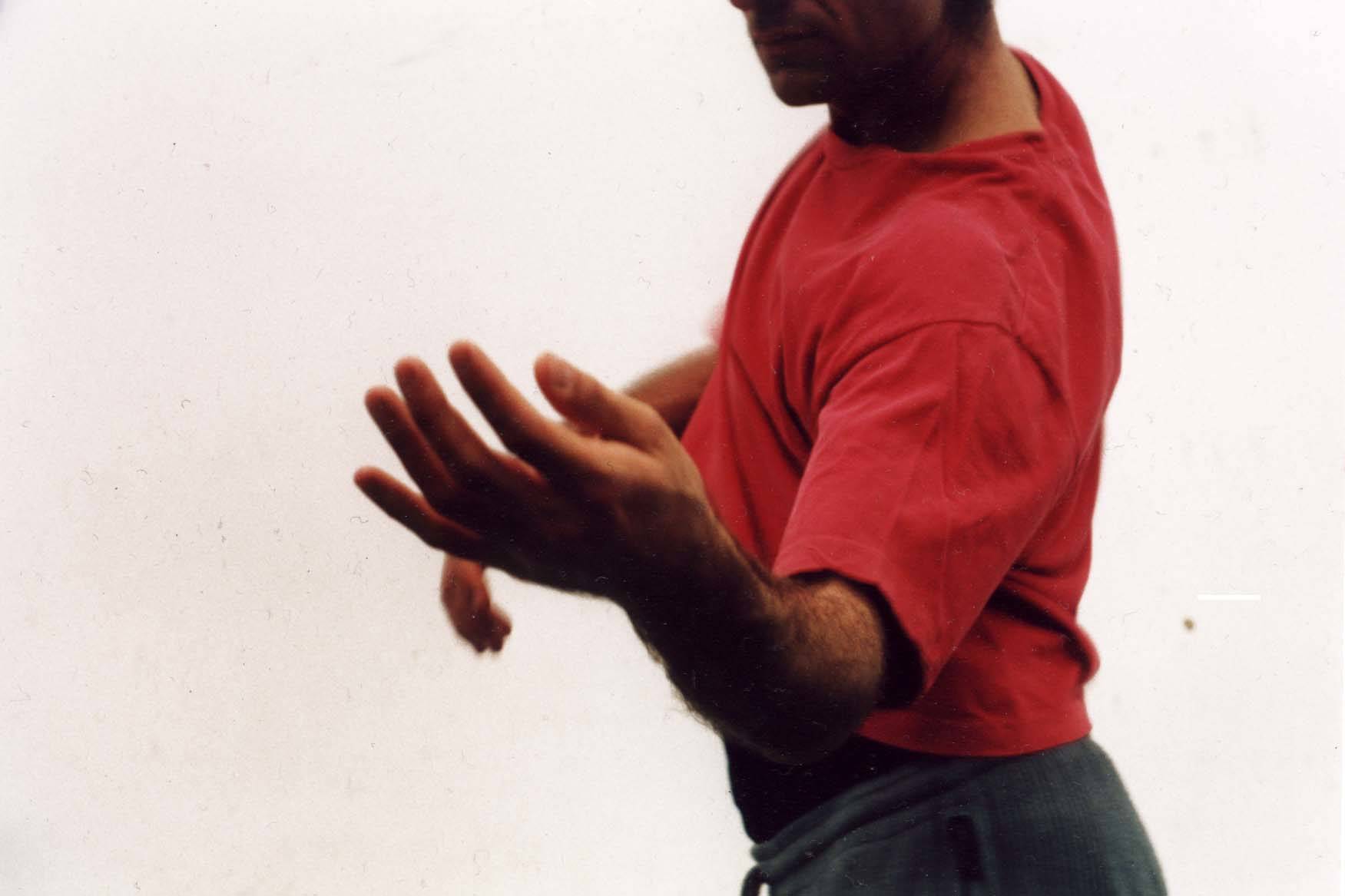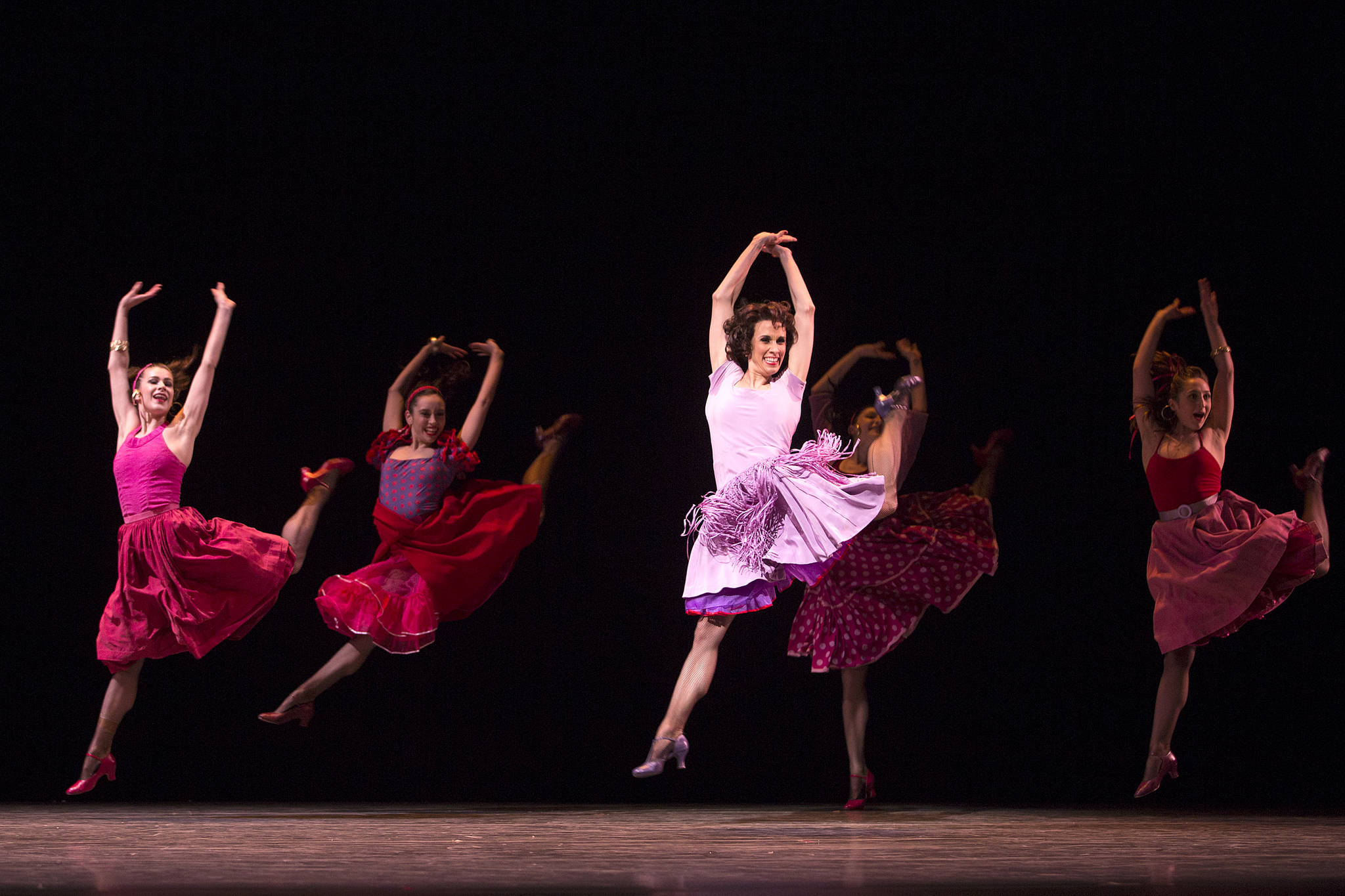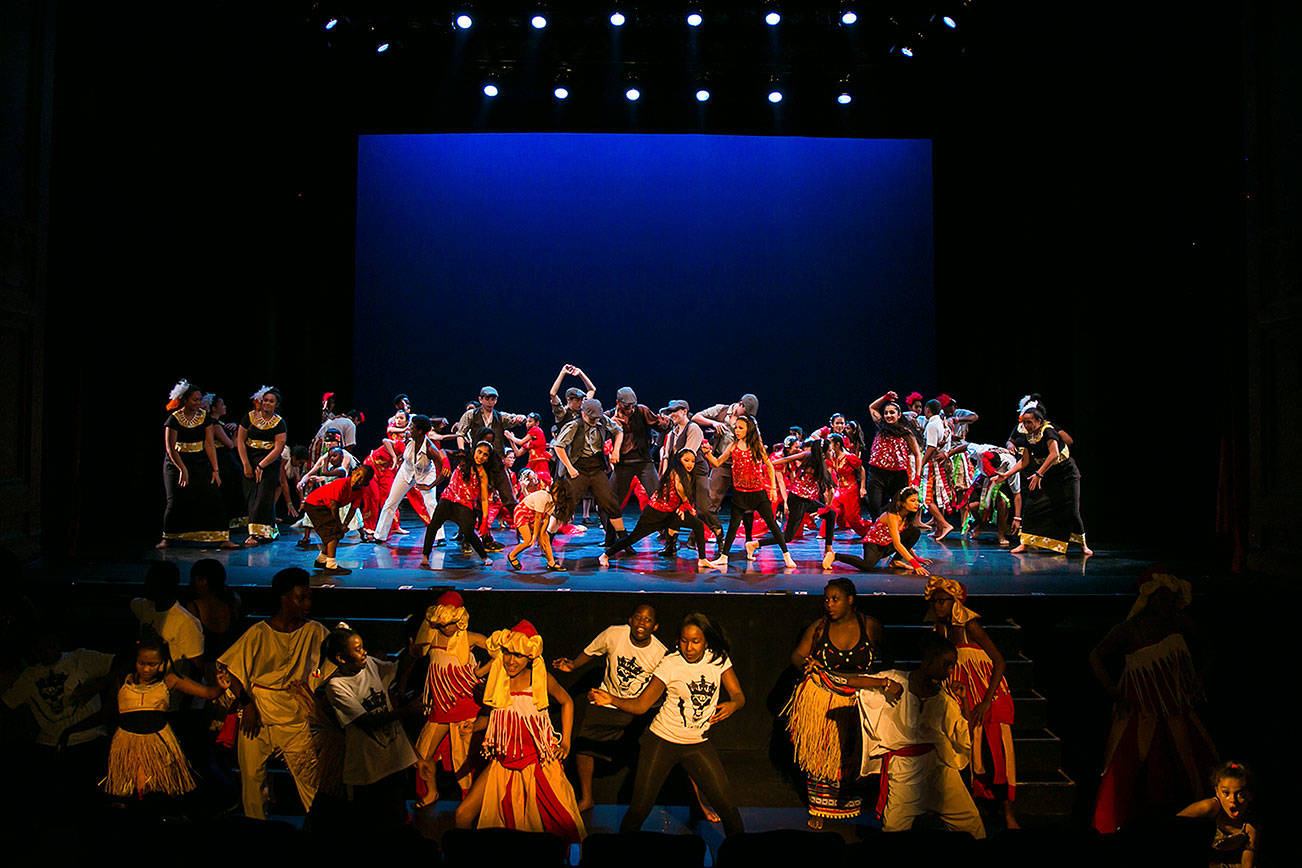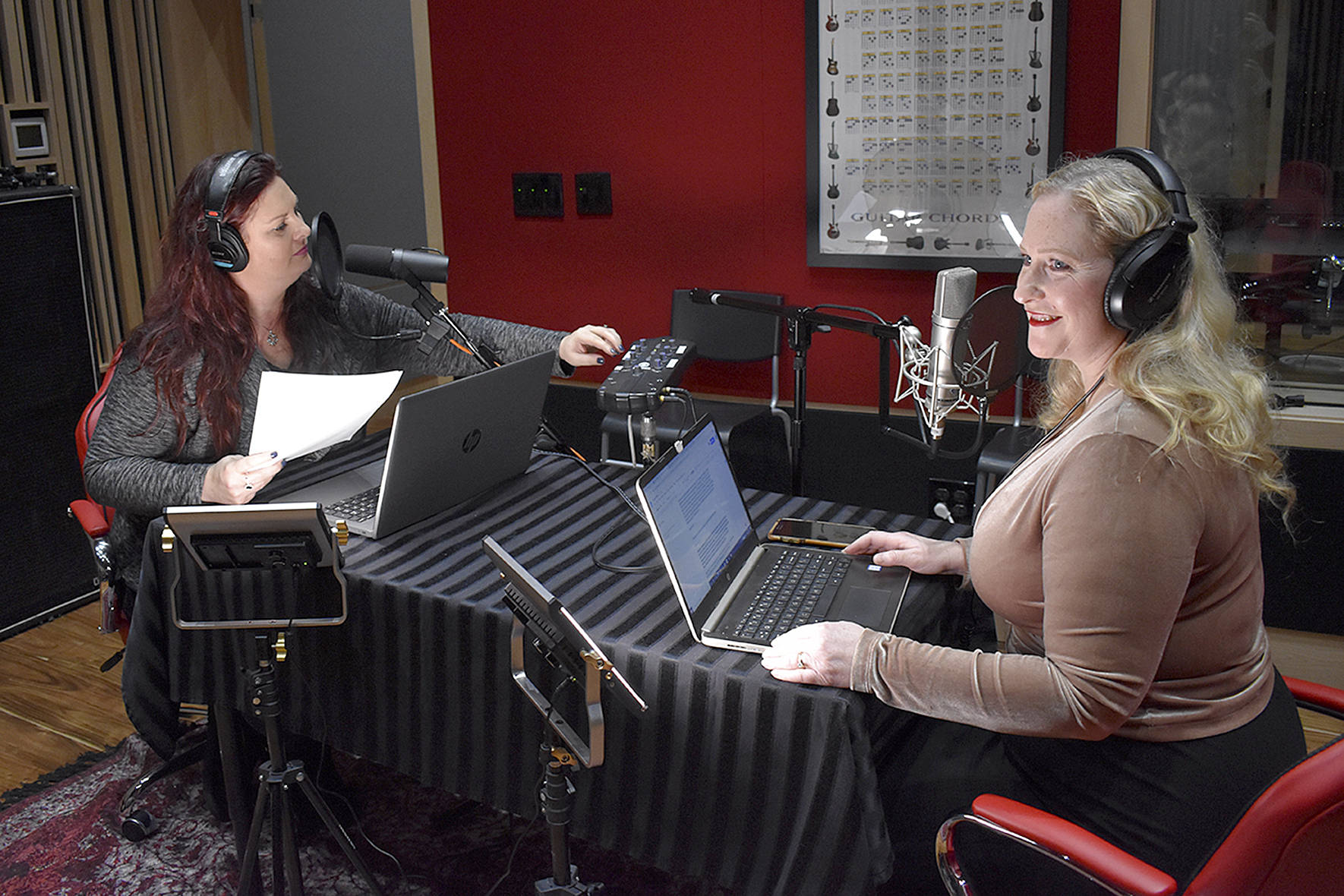ONE OF THE FIRST things KT Niehoff did after coming to Seattle in the early ’90s was to experiment with creating a movement “language.” “We made a bunch of movements and attached words to them, and then tried to see if we could ‘talk’ to each other,” she recalls. That early material was shelved, but the idea kept cropping up. “If there’s any signature arc to my work, it’s . . . how we as people try or fail to communicate with each other,” Niehoff says.
No surprise, then, that her company is called Lingo dancetheater. With her new piece, Speak to Me (which runs Thursday, Feb. 6 through Sunday, Feb. 9 at On the Boards), Niehoff thinks she’s come close to the dance she’s been trying to make all this time. “This is the one piece that has stumped me over the years,” she says.
For Speak to Me, Niehoff went back to her original strategy, generating the movement equivalent of language—”writing” a dance. There are parts of speech, like nouns and adjectives, put together with the same kind of grammatical conventions English uses. As the dancers move, their dialogue mirrors their vocal speech, with the same kind of stresses and variations, like slang or shop talk. When the dancers are actually vocalizing words, “it takes it out of the formal abstract part,” she says. “There’s something that creates accessibility to the work, a more connected relationship.”
The work will fill the entire On the Boards space, using the lobby, hallways, and rehearsal room, as well as the main theater. The scenic design by Jean Landry includes reams of notepaper clipped to metal standards and looking like flowers; long rolls of butcher paper lining the walls with sections of dialogue scrawled on it; and manuscript paper scrolling off a typewriter. The audience will pass through a gauntlet of word games to get into the theater, where Reggie Watts’ score is full of words as well, including a nonsensical job interview (” . . . the regurative re-enhancement that we use in waste management systems today . . . “). After a tour-de-force monologue by Niehoff spewing out her concerns and worries, the movement phrases become longer and more independent of the spoken language, more communicative on their own. As her dancers fall and fly through what looks like a combination of contact improvisation and breaking, their speech becomes murmurs and their connection becomes visceral.
In rehearsal, the work isn’t yet finished, breaking off after a long sequence of high-energy action, but the dancers’ individual styles, their own “speech” patterns, are clear, like an accent or a dialect. The commonality is altered in ways that reflect each person. If Niehoff’s ultimate goal is communication, then we get what she is saying, with words or without.
